Case 2
- Victor Gollancz
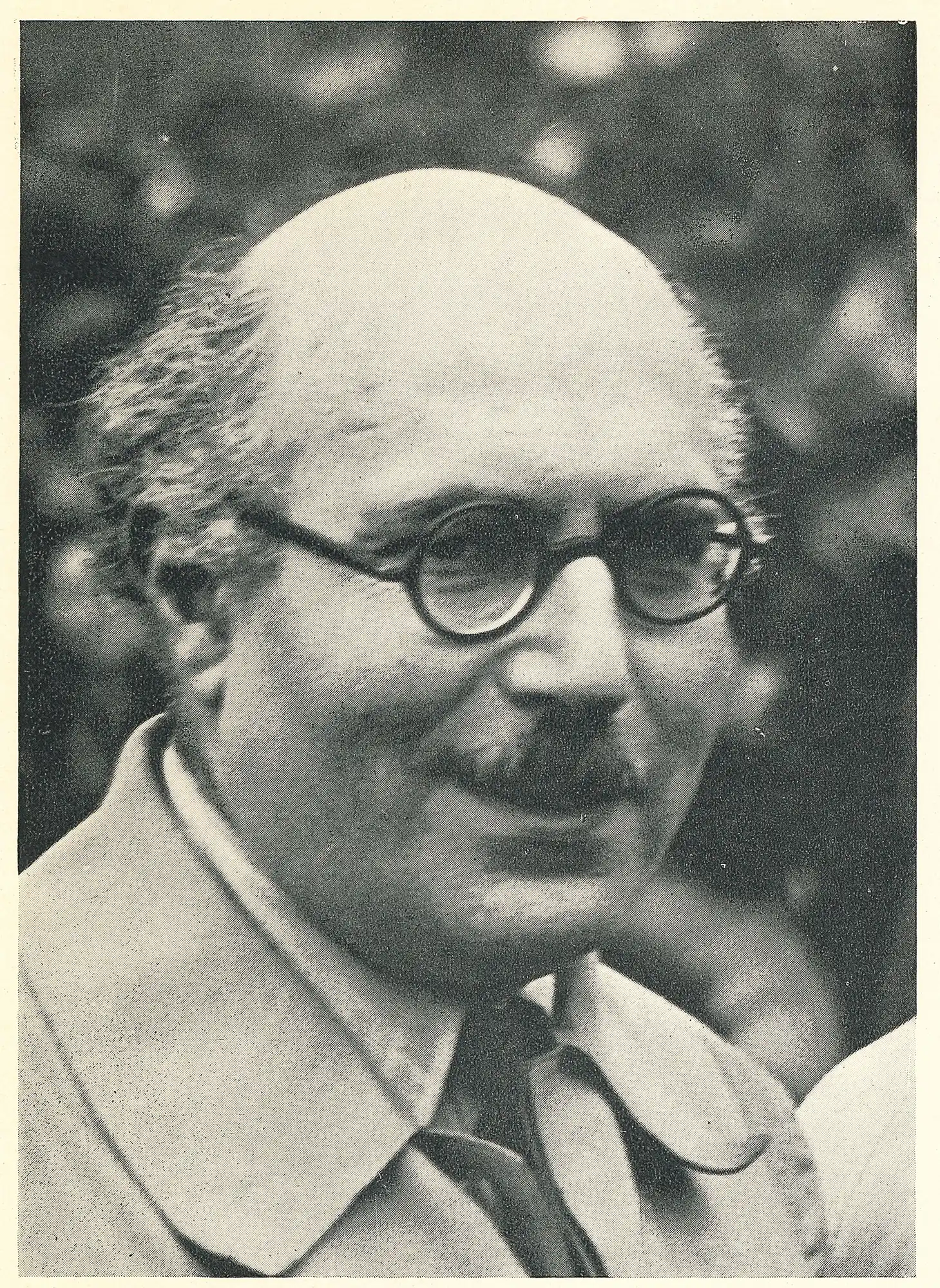
Victor Gollancz (1893–1967), photograph, c.1938, from John Lewis, The Left Book Club (1970).
New College educated Victor Gollancz (1893–1967) was a socialist, a Labour Party member, and a schoolmaster-turned-publisher who felt strongly about education, the rise of fascism, and England’s drift to war. He was idealistic, driven, commercially shrewd, and had a compulsion to educate. He had a natural arrogance, once stating ‘I am incapable of error’. He had ‘thrilled’ to the Russian Revolution. In May 1936 a fortuitous meeting in a Soho restaurant with John Strachey and Sir Stafford Cripps led to the formation of the Left Book Club, a spin-off from his own publishing enterprise which he had started in 1928. It was the right time for the Left Book Club, with the fundamental preconditions present for such a development. It was the first book club in the UK.
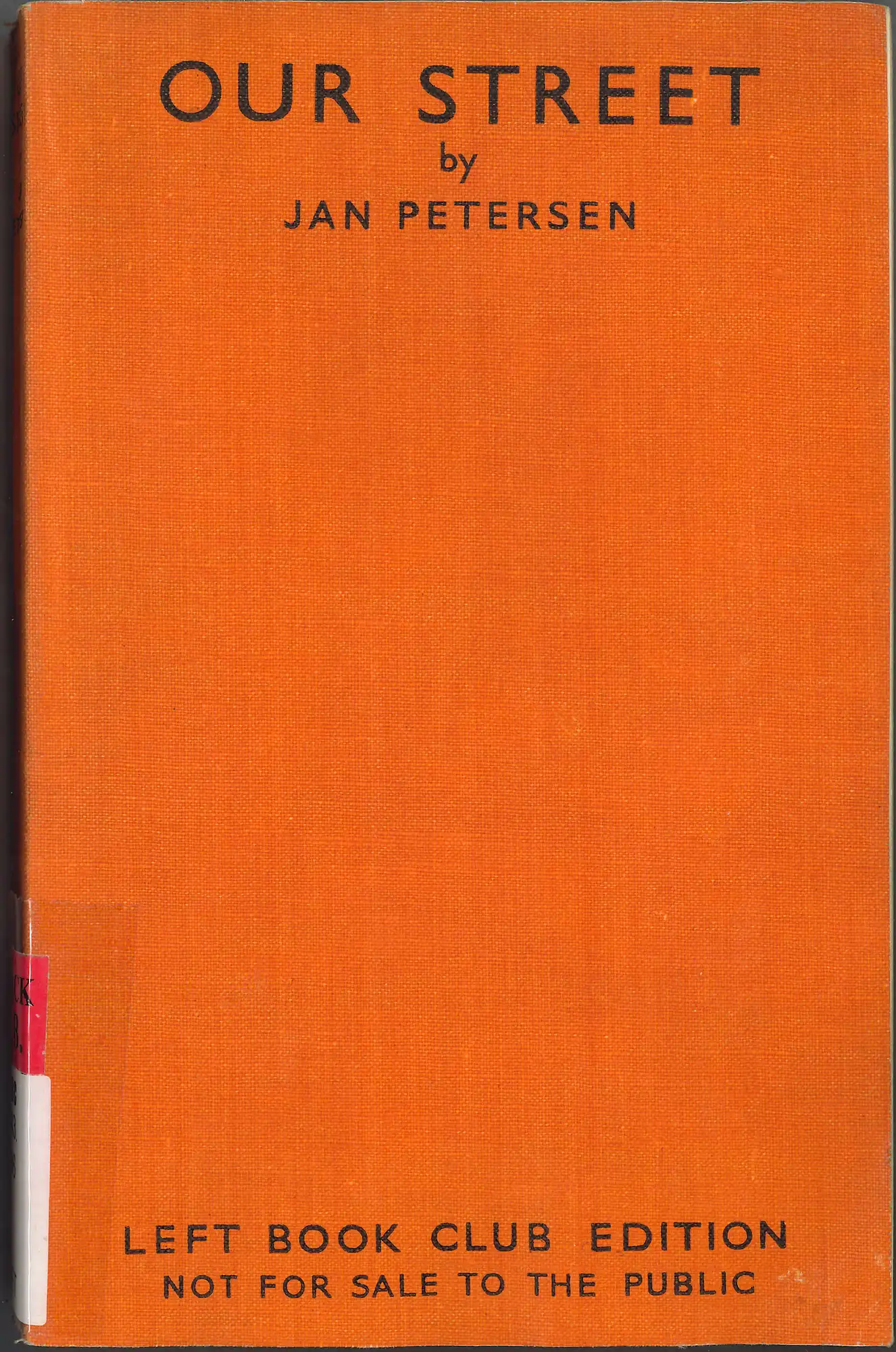
Jan, Petersen, Our street. (1938). LBC 943.0862 PET
Gollancz was always thinking up new ways to get his books to readers. One strategy was the creation of various series, including the Supplementary series, titles that were deemed of limited interest. Jan Petersen’s Our Street is one example, appearing in February 1938. This memoir of left-wing resistance to Nazism on Wallestrasse in Charlottenburg, a district of Berlin, covers January 1933 to June 1934. Petersen’s manuscript was a true survivor. Three copies were secreted out of Germany: one was tossed overboard a ship, thus avoiding detection; another was taken to Dresden, then Prague, packed in a basket of sandwiches; and the third – the original copy – was hidden under a fir tree and then eventually smuggled past customs inside a cake. Surely somewhat misplaced in the series, Gollancz himself called Petersen’s work ‘vivid and exciting’.
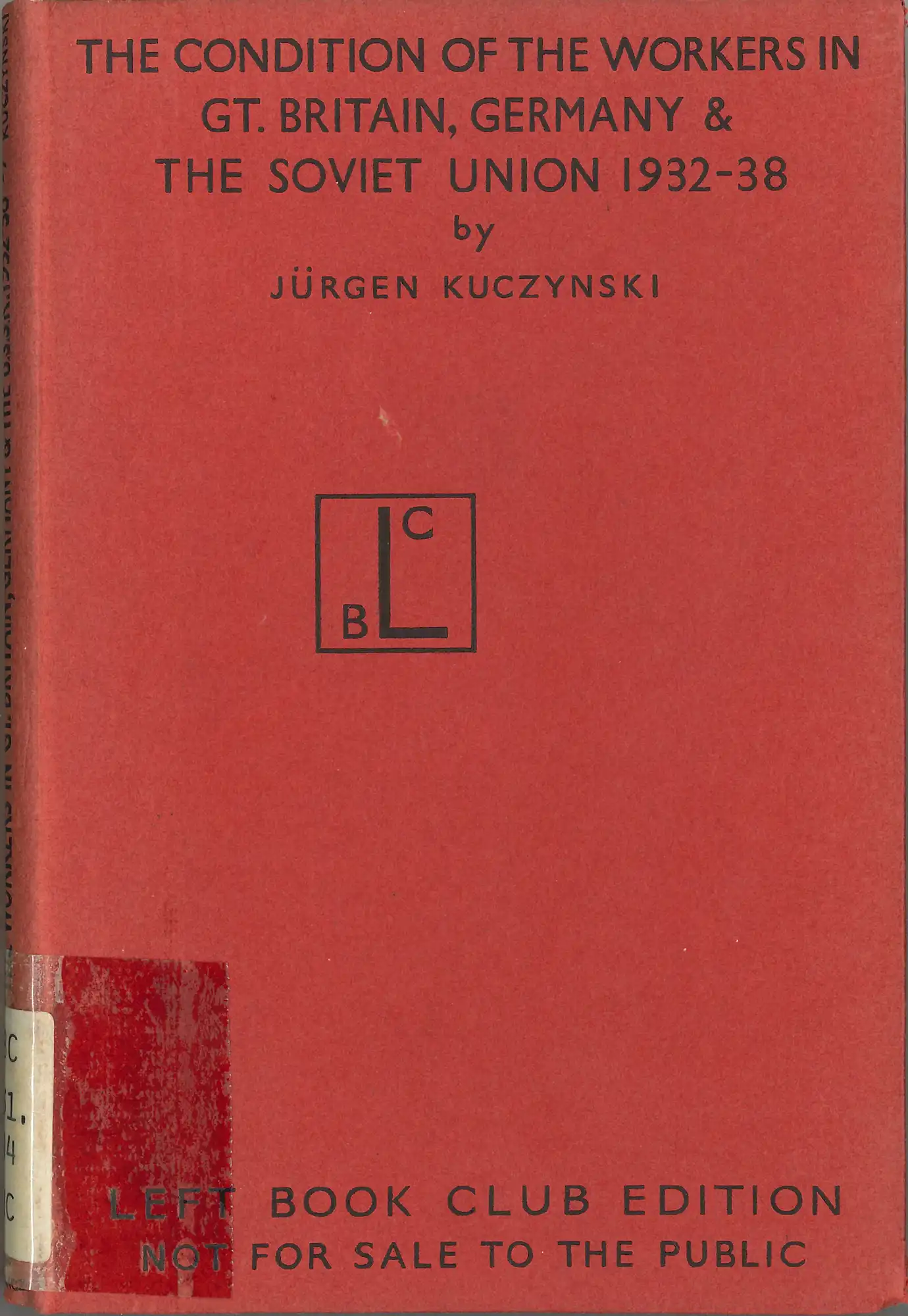
Jürgen Kuczynski, The condition of the workers in Great Britain, Germany and the Soviet Union 1932-1938. (1939). LBC 331.094 KUC
On 4 May 1936, in the Left Book News, Gollancz wrote of the ‘urgent struggle for work peace’ and ‘a better social and economic order against fascism’. He must have warmed to Jürgen Kuczynski (1904-1997), the German economist who had fled to England in 1936. Kuczynski was convinced that the Soviet Union was the future, and he believed that Marxism was the right path for the world. What better man to approach and help educate readers? In 1939, LBC published The Condition of the Workers in Great Britain, Germany and the Soviet Union, 1932-1938, a comparative study of the working classes in the three nations written from a Marxist perspective. Although critical of some parts of the Soviet Union, the work was sympathetically couched, with Kuczynski claiming within that the Soviet Union would soon pass the Western capitalist standard.

Jürgen Kuczynski, The condition of the workers in Great Britain, Germany and the Soviet Union 1932-1938. (1939). LBC 331.094 KUC
Open image in new window
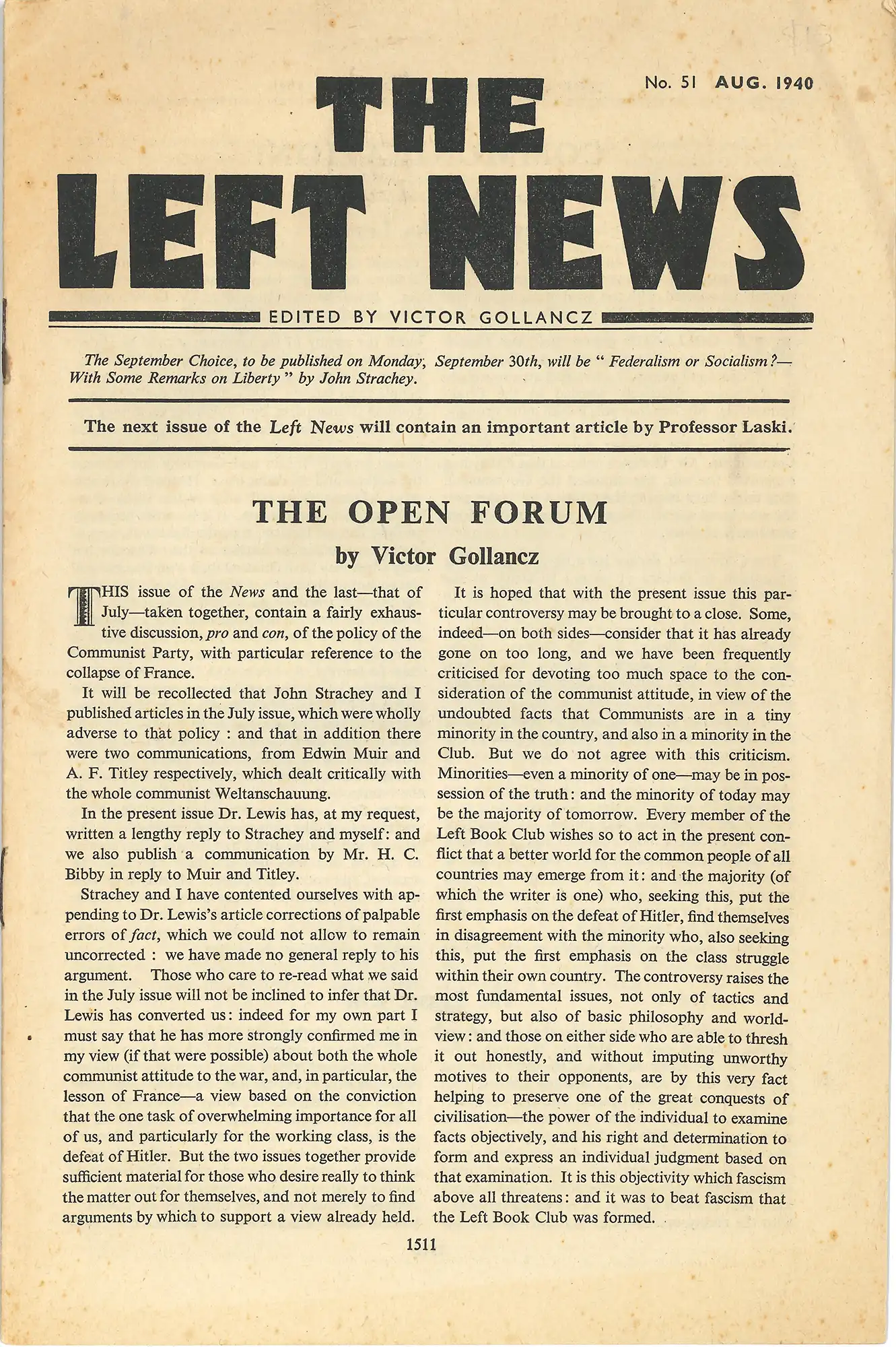
Victor Gollancz, ‘The Open Forum’, The Left News, No.51, August 1940. LBC 335 LEF
According to those around him, Gollancz had enormous energy. He often worked from early morning to the wee hours, believing that he could easily do four times as much work. It was said that he could read and digest a 75,000-word manuscript in 45 minutes. He was energy plus; the true driving force behind the LBC. Not only did he launch The Left News as a way to keep members informed, but wrote numerous lead articles such as this one: ‘The Open Forum’. While acknowledging that propaganda played a vital part in what he wanted to achieve, he also believed that what was produced, be it books or articles, were to be balanced and that each one contained a critical element.
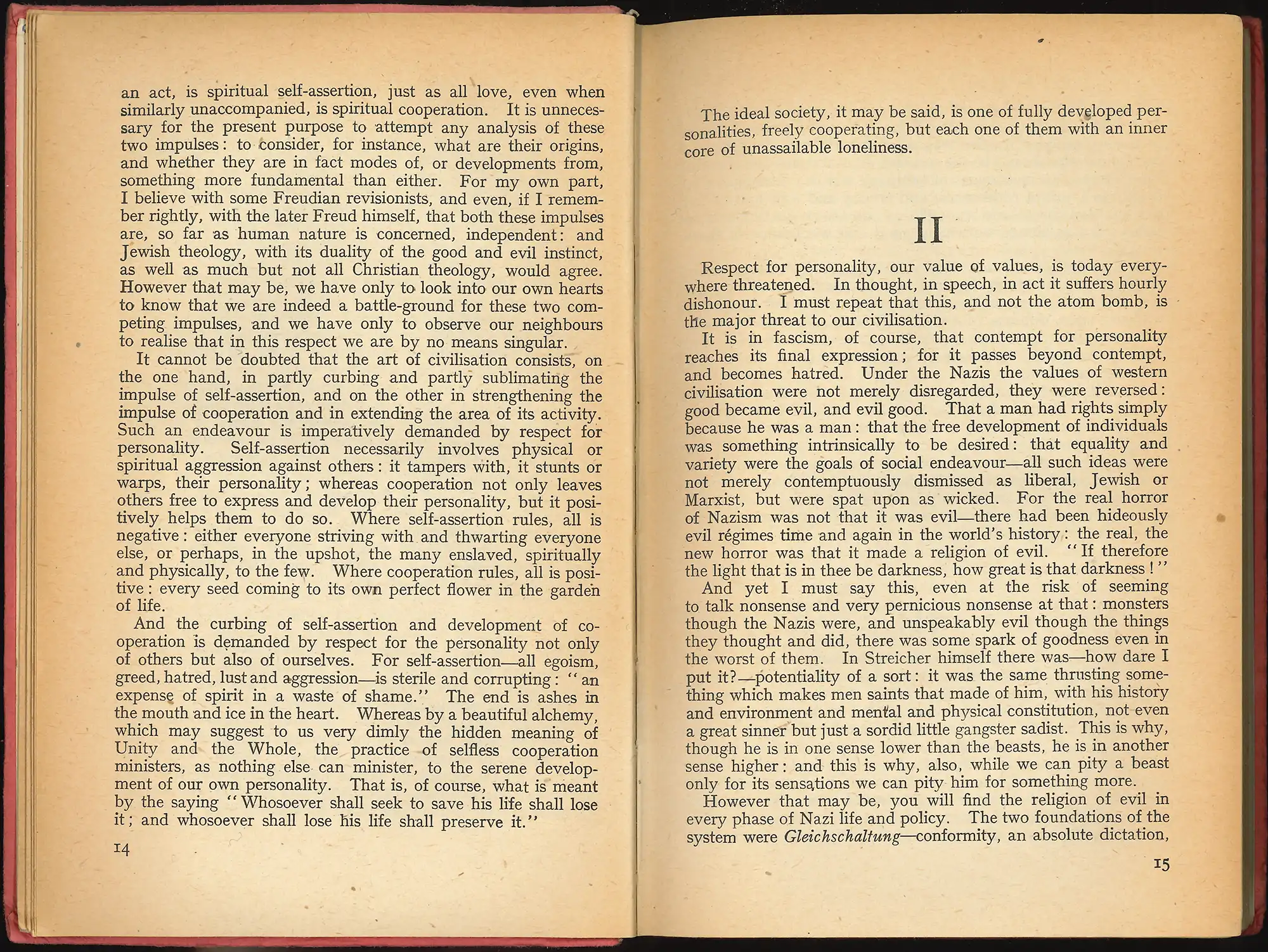
Victor Gollancz, Our threatened values. (1946). LBC 355.028 GOL
‘Respect for personality, our value of values, is today everywhere threatened. In thought, in speech, in act it suffers hourly dishonour. I must repeat that this, and not the atom bomb, is the major threat to our civilisation’, So wrote Gollancz in his semi-autobiographical treatise, Our threatened values, which was the LBC monthly choice for July 1946. In it he reaffirmed his ideals of socialism and his belief in the immense possibilities which the Russian Revolution had opened for the world. Gollancz was a fervent campaigner on the issue of the Nazi extermination of European Jewry. He was knighted by Queen Elizabeth for services to publishing and humanity in 1965.
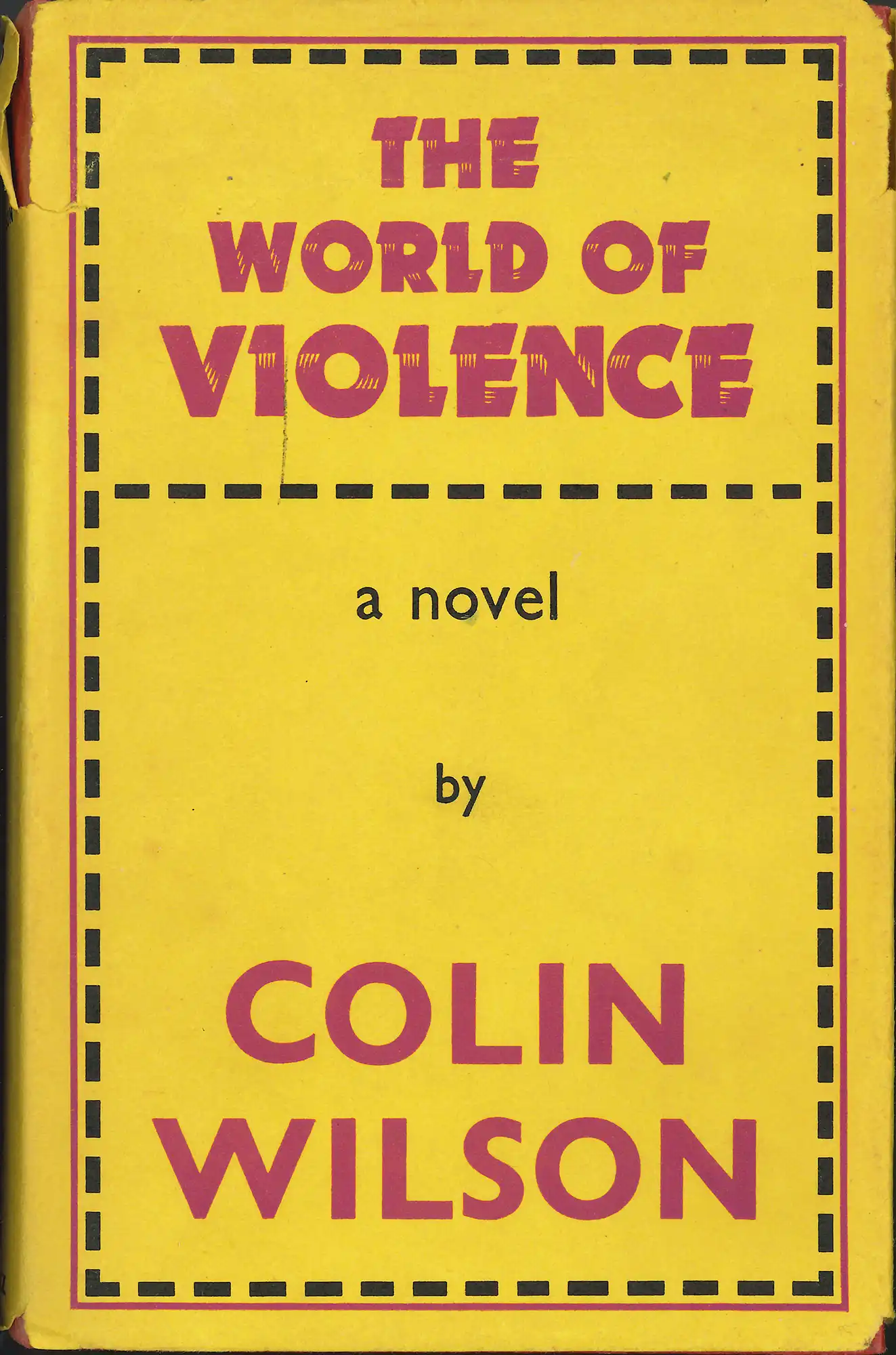
Colin Wilson, The world of violence. (1963). Private Collection
Gollancz began his career in publishing with the firm Ernest Benn Ltd. In 1927, he started his own publishing firm, specialising in good quality non-fiction and popular fiction, including crime and detective thrillers. Some of his publications included George Orwell’s Down and out in Paris and London (1933), Alfred Ayer’s Language, truth and logic (1936), Daphne du Maurier’s Rebecca (1938), Kingsley Amis’s Lucky Jim (1953), and John le Carré’s Call for the dead (1961). Many of the titles, like Colin Wilson’s The world of violence, appeared in his familiar in-house dust jackets of bright yellow and vibrant bold typography. After Gollancz’s death, ownership of the firm passed to his daughter who sold the imprint in 1989 to Houghton Mifflin.





